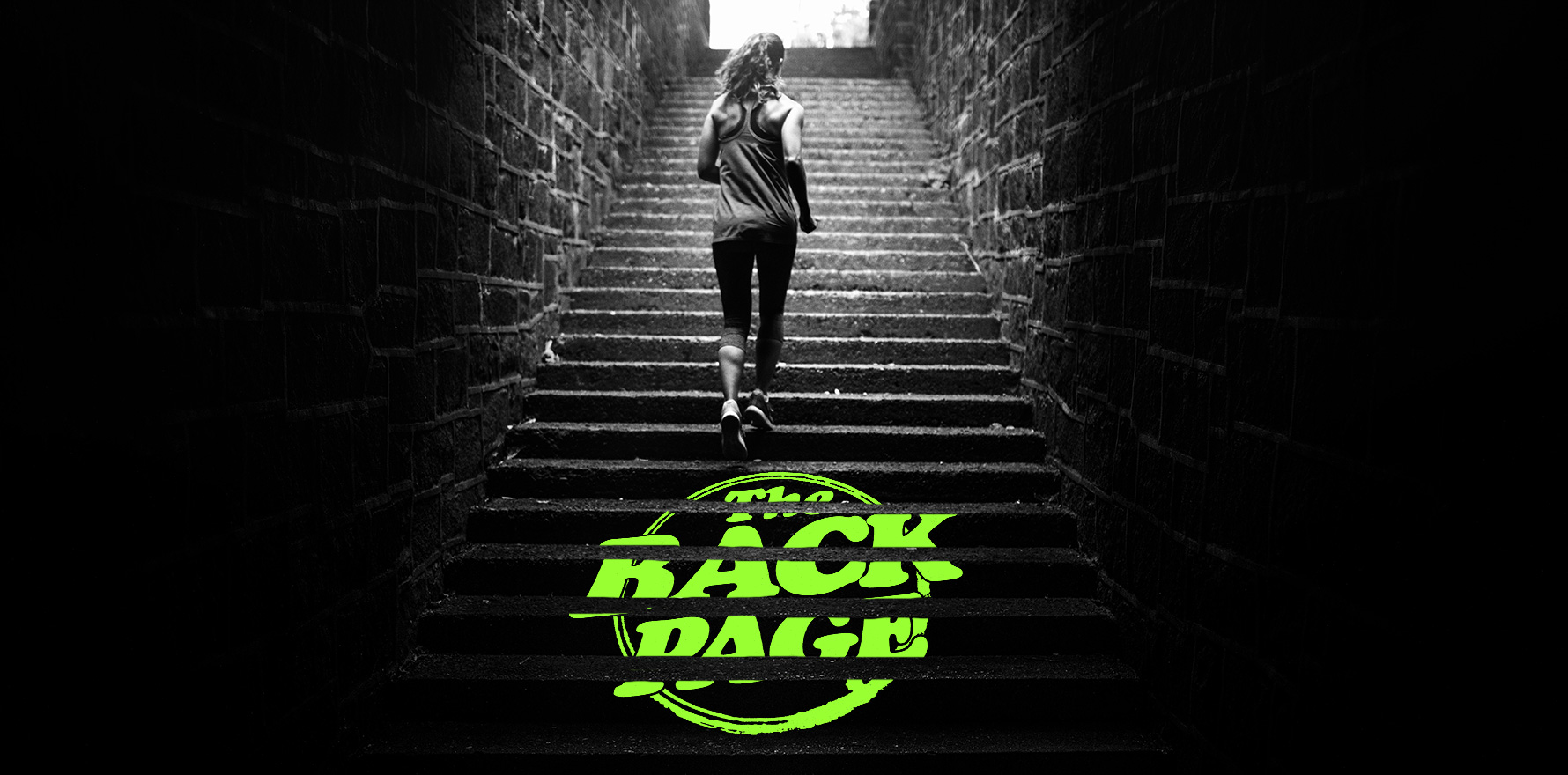Exercise has obvious physical benefits over drugs for depression and anxiety as well as tying for mental health improvement.
The benefits of exercise on mood and the flaws of antidepressants are well known, as is the interaction between mental and physical ill health.
A recent Dutch study published a few months ago and just presented at the European College of Neuropsychopharmacology conference pitted the two therapies against each other and compared not only the mental health effects but the physical ones.
Taken all in all, running wins – if the patient can adhere to the regimen.
Rather than randomising the 141 participants to one or the other the researchers offered them the choice: either standard treatment with escitalopram, starting at 10mg/day, with regular monitoring and the potential for increased dosage or a switch to sertraline; or two to three 45-minute supervised outdoor running sessions per week, in group sessions or at home. Both interventions lasted 16 weeks.
Those without a strong preference (22) were randomly allocated. Choosing or being randomised had no effect on the results.
Interestingly, those who did have a strong preference tended to choose the exercise, resulting in running group of n=96 and antidpressant group of n=45.
The antidepressant group had more severe depression at baseline.
Physical health variables was measured at baseline and at the end, including blood sugar, cholesterol, immune function, blood pressure, weight circumference, autonomic nervous system activity, hand grip strength and lung function.
Adherence to the running therapy was defined as 22 or more sessions over the 16 weeks.
Despite more free-choosers choosing to run, their adherence (52%) was a lot worse than the drug group’s (82%). The average runner completed 23.7 sessions, with 15 not even showing up to one and 17 attending fewer than nine.
For mental health symptoms, rates of total remission were similar in both groups, with about 44% in each. Responses on the Inventory of Depressive Symptomatology Self Report were 30% in the running group and 34% in the antidepressants group, and Beck Anxiety Inventory scores were 32.4% and 47.2% for running and antidepressants groups, respectively – i.e. the running group did somewhat better, although the antidepressant group’s anxiety shrank faster.
On physical health, the runners also did better – not only did they improve, but the drugs group got worse. The antidepressant takers put on an average of 3kg and an extra 1.5cm on their waists over the 16 weeks, their CRP levels and their blood pressure increased, and their heart rate variability decreased.
Ultimately, score one for running as therapy for anxious and depressed patients – and be careful prescribing antidepressants to those who are already physically unhealthy – but the real winner will be an effective way to get people to keep showing up for exercise, which is hard enough in the general population.
Send motivational posters and quotes to penny@medicalrepublic.com.au.


